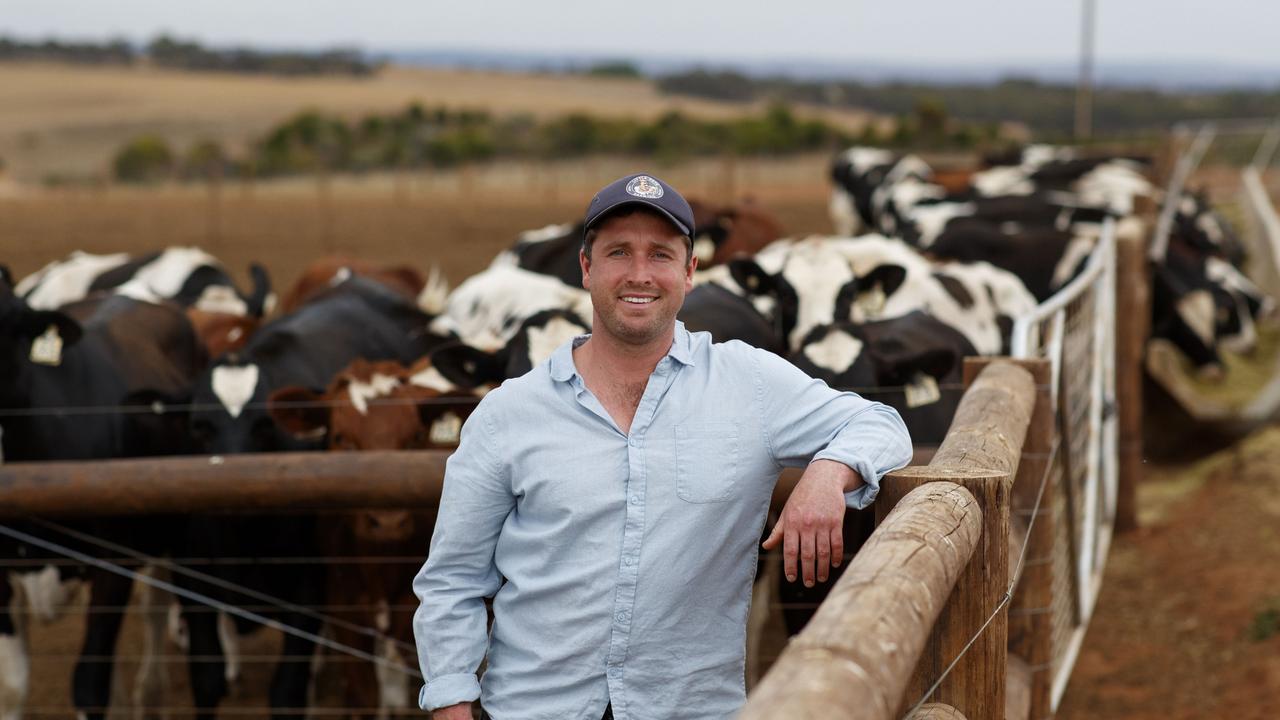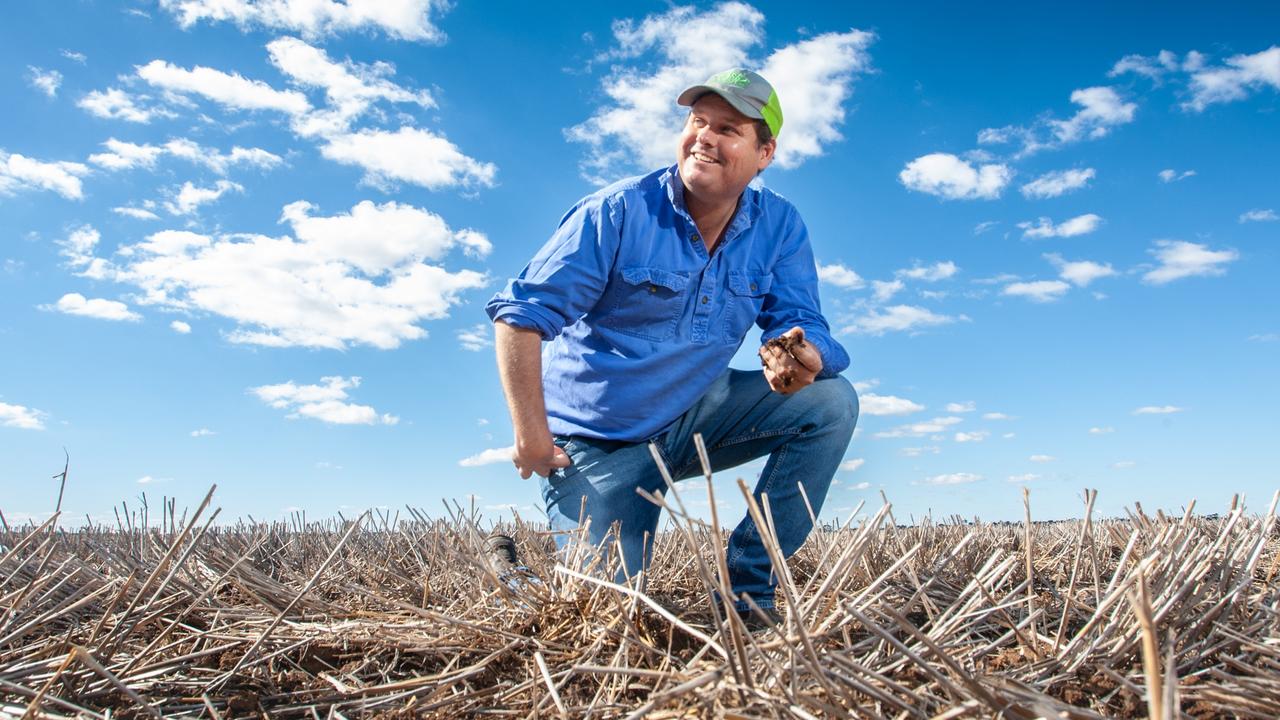Farmer of the Year 2019 winners Peter and Renee Burke tackle 2020
Attention to soil maintenance and water management offers double the reward for our 2019 Farmer of the Year, writes Fiona Myers.
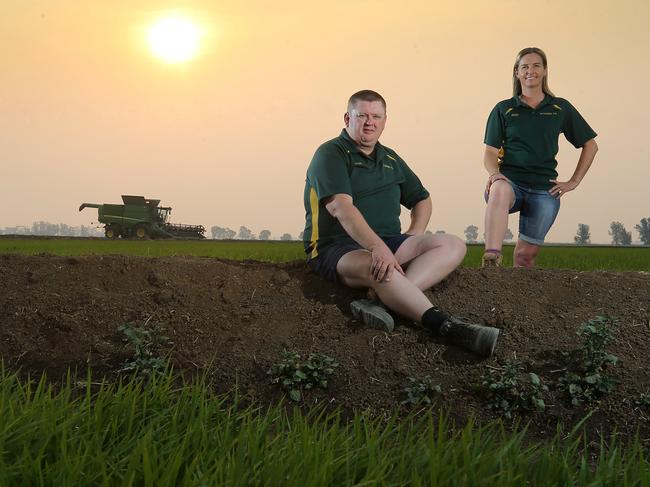
WHILE 2020 is being written off by many as a year to forget, Riverina farmers Peter and Renee Burke are quietly going about being profitable.
It’s been a stellar 12 months for the couple, who not only were awarded the rice industry’s top gong but then went on to win the coveted The Weekly Times Farmer of the Year competition in February.
To top it off, good autumn and winter rains have their oat crops looking “as good as they ever have”, according to Peter.
And when it comes to summer crops, the Burkes are planning to sow 700ha of rice. Yet if temporary water prices rise, will scale that back to 300ha.
“We are ready to go either way with the amount of rice we grow,” Peter said.
“We need rice in our farming program to allow us to grow high quality oat crops by cleaning up the paddocks.”
It’s this willingness to trade water to the highest bidder, whether that is selling to others to bring down their own cost of water, or growing something themselves, which sets them apart from many other irrigators.
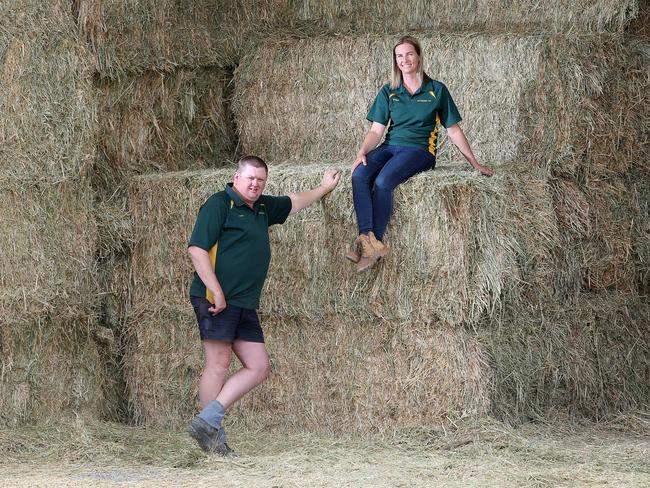
PETER AND RENEE BURKE
JERILDERIE, NSW
WINNERS of The Weekly Times Coles 2019 Farmer of the Year
GROW crops on their 1282ha and with just 28 water entitlements
INSTEAD of buying permanent water, lease it
PLAN to grow up to 700ha of rice this summer
The couple from Jerilderie hold just 28 water entitlements and 3950 delivery water entitlements on their 1282ha of farms. Instead of buying permanent water, they lease it and with the onus being on the seller to provide it, have insulated their business from the poor water allocations in the Murray Valley over the past few years.
The strategy has been a success in more ways than one.
They grow full potential crops in drought years when commodity prices are high, maximising the returns from the five farms they operate.
And they have secured enough leased water to be able to market some to other irrigators, which can be sold to bring down the overall cost of water to the business.
Last season, the cost of water they used came back to less than 90 per cent of the average cost of temporary transfer water and they sold their crops into a market where prices were at near-record levels.
TRIPLE TREAT
THE couple will grow just three crops this year— 650ha of oats, 250ha of canola and a planned 300-700ha of rice.
There’s less oats than they had planned this year due to something they hadn’t seen for a while – an autumn break.
With rice harvest only hallway through, the arm received 60-70mm which delayed the stripping and meant it was impossible to sow oats into those unstripped rice paddocks.
The flipside is the country which was sown has benefited from the rain and now on track to produce five to six tonnes/hectare of oats in the best crops the couple has ever seen.
The Burkes oats are destined for human consumption, signed up in a “handy deal” with Uncle Tobys, Peter said.
“These oats will go into their Red Box brand which is the company’s best quality oats, and we will be a large contributor of the oats for that brand now,” he said.
Peter and Renee have found that sowing oats after a rice crop offers the best gross margins, despite many others in the district choosing wheat as the follow-up crop.
“We found that there is phosphorus tie-up after a rice crop, but the oats seem to be able to cope with this better than other cereals and produce higher yields,” Peter said.
“There has also been a lift in demand for oats in the past eight to 10 years so there really is more demand than can be supplied.”
The ability to use the leftover soil moisture from the rice crop combined with limited irrigation is part of the Burke’s double cropping strategy.
“People look at us and say oh, you don’t have that much land, but when you are growing two crops from the same piece of land in one year, you are essentially doubling that land area,” Peter said.
“Even if only 75 per cent of the farm is growing two crops a year, then it’s still like having more country.”
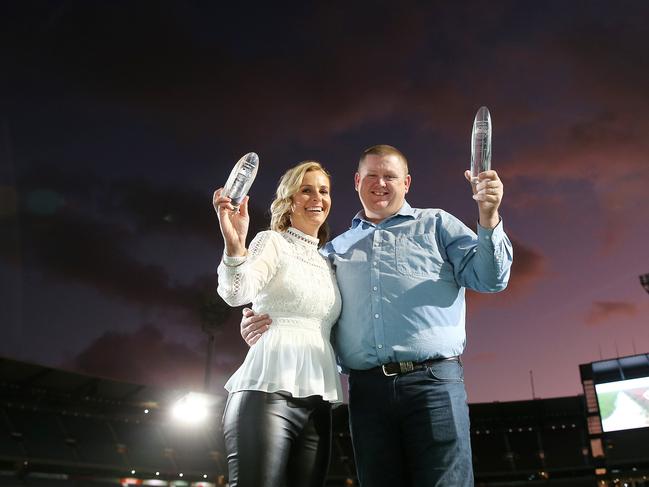
MANAGE MEANT
PRODUCING such high-yielding crops takes certainty in water allocation, which the couple have secured, but it also takes careful soil management.
Each paddock is soil tested once every two years and Peter said they were generous in feeding the soils with nutrients.
The whole farm will receive four tonnes a hectare of lime either this year or next, and soil tests are showing that the land they farm is getting better and better.
“We bought our first farm 20 years ago and soil tested from the start, and we don’t skimp on anything when it comes to feeding those soils,” Peter said.
“If the recommendation is for 100kg of MAP, we will put on 150kg. We know we have the soil moisture so that won’t be the limiting factor in producing a crop, so we need to get the mix right with soils and chemicals to maximise the yields.”
Peter has also found what he believes is a winning formula for nitrogen application in growing oats after rice.
Rather than waiting until his crop shows signs of needing extra nitrogen, he applies it once the crop is up and established, usually about a month after sowing.
“We have found that to maximise yields and quality, you always want that crop looking healthy and it doesn’t get a check (in growth),” Peter said.
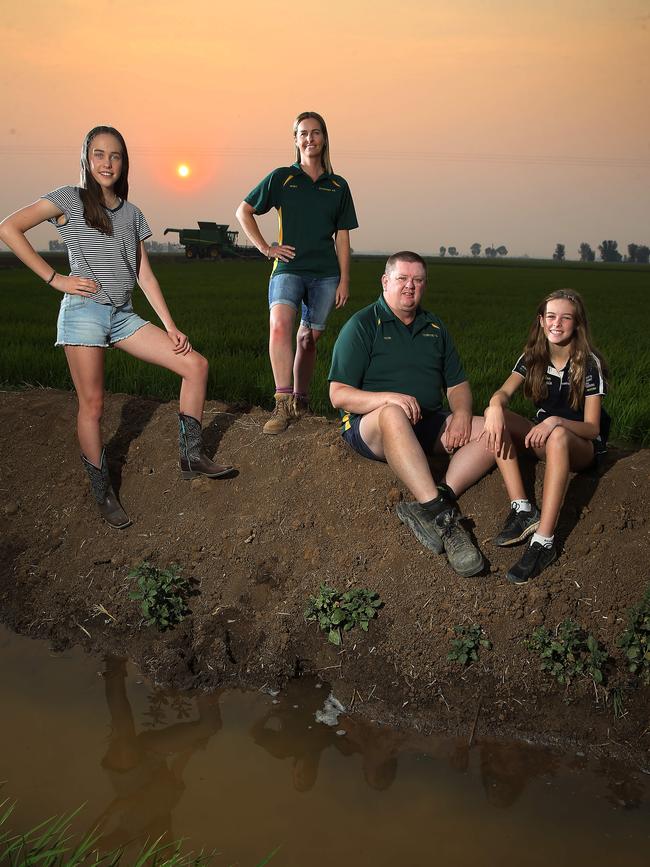
EARLY ADOPTERS
JUGGLING the demands of summer and winter crops requires manpower and equipment, but Peter and Renee have determined they will buy their own machinery rather than rely on contractors.
“We have a lot of gear, but it means that we can run this property with just Renee and a farm worker and myself,” Peter said. “We have things like a self- propelled spray unit, which means we can cover 100ha in a couple of hours, which is efficient.
“We can also carry out everything we need to do when it needs to be done, as timeliness is vital in a cropping operation.”
The couple were early adopters of variable rate fertilising and GPS technology, and will continue to collect as much information as they can on the performance of their crops including yield mapping.
While not using this information to its fullest yet, they are determined to keep records, knowing that down the track it could be vital to making their farms even more efficient.
The couple loves growing all their crops, but especially rice.
“We have grown up to 7500 tonnes of rice some years and we have not been tempted to grow cotton instead,” Peter said. “All of the paddocks on all of our farms have the capacity to grow rice, in terms of layout and soil types. We know people who have gone the other way and into cotton, but we are comfortable where we are.
“We are growing rice and lowering our input costs (water) and doing things we can control.”
MORE

